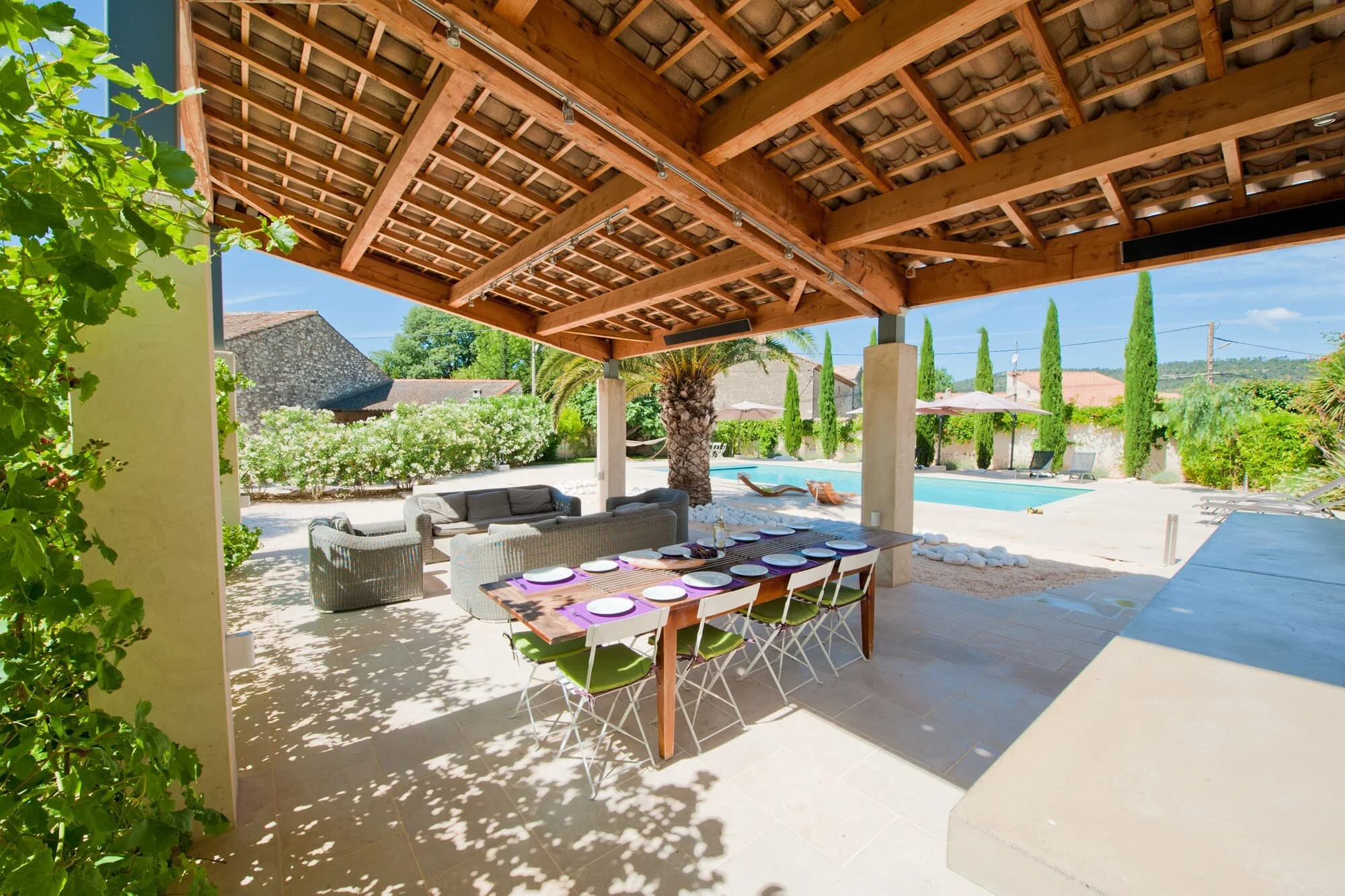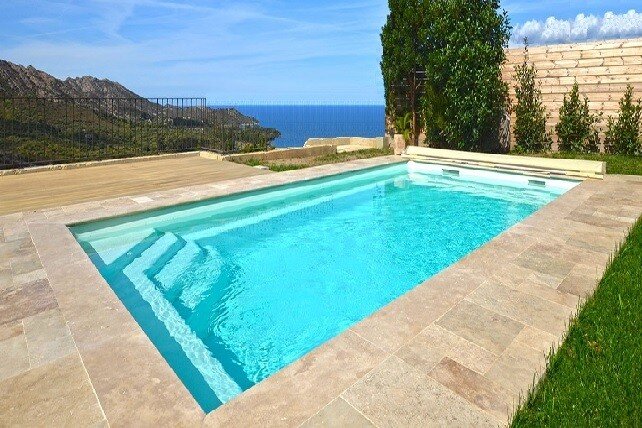Asbestos in old French property
/It pays to be aware of risk. A Vendor selling a property in France must provide various risk assessments to support the sale. These form part of the purchase documentation, it’s a legal necessity. If they are missing or outside the legal period of validity it is possible to withdraw from the sale or try and negotiate a price reduction.
Asbestos is common in roofs
If you’re buying to renovate a property not all risks are deal-breakers, Asbestos, for example, is often found in old buildings. It was banned in 1997 but the removal of asbestos is not always mandatory. What is most important is not to disturb it if possible. If your renovation project requires the removal of asbestos then it must be done by a specialist company. We would normally do this during the early demolition stage before actual renovation works begin.
“ We can leave asbestos in place if this is the recommendation of the expert.”
Asbestos was widely used and incorporated into a vast array of manufactured construction products for its longevity, structural stability and fire retardant properties before its health implications were fully understood. As a result, it is near impossible to buy an old character property and not find some asbestos based components in the building. The graphic above shows just how prevalent it was in construction. The most common sources as seen by renosud over many years of complex renovation works in France are:
Roof panels
Pipes And ducts
The cost of asbestos removal
The overall costs on asbestos removal work includes different typical rates for different types of removal and also includes the actual cost of disposal itself. Below are some typical costs which will normally form part of an overall quotation for asbestos removal works.
Roof asbestos
Roof asbestos removal work is quite complex and requires much more attention and caution on the part of the professional, as it is carried out at height, and therefore the risk of proliferation is high. The price of a roof asbestos removal is estimated at around €50m2 but there is a cheaper and more practical alternative which consists of covering it with a bitumen coating to prevent the fibres from spreading where possible.However, in most cases removing roof asbestos panels is part of a complete roof cover replacement where given the choice, its best to remove it entirely.
Cladding, partitioning and covering materials
Asbestos is often found in cladding, partitioning and covering materials, in pipes, ducts or elements assembled by gluing. Some of these are fixed by means of staples, bolts or screws and others are ‘sealed’ in a masonry support, such as render or coating as an additive at the time of application. To remove asbestos, two methods are used: mechanical degradation by breaking or drilling and cutting. Whatever technique is chosen protection measures are important. Removing asbestos in the form of cladding and covering materials costs around €35m2.
Waste disposal after works
When asbestos removal work is completed, all waste must be sorted, collected and secured before being transported to a waste disposal centre specialising in the treatment of asbestos. The cost of this waste management varies according to the type of waste. Type 1 waste is the most dangerous, i.e. waste containing asbestos or waste that has been exposed to asbestos. Type 2 waste, on the other hand, is ordinary demolition spoils not containing or exposed to the asbestos during the works. The cost of managing type 1 waste is estimated at between €300 and €500 per tonne and type 2 waste around €40 euros per m3.









